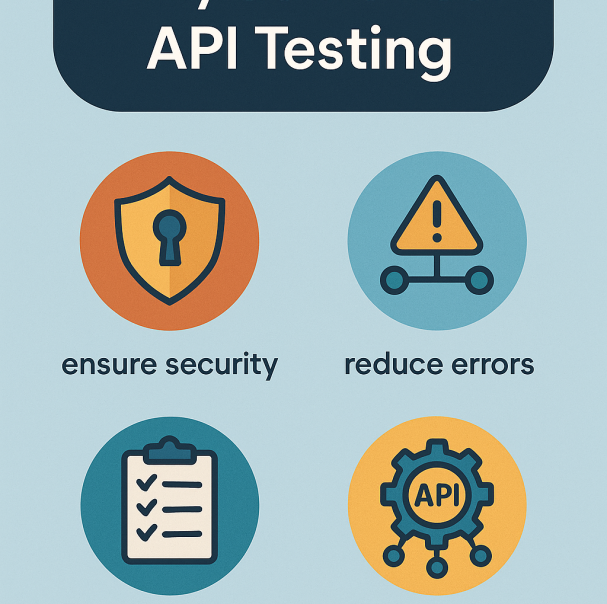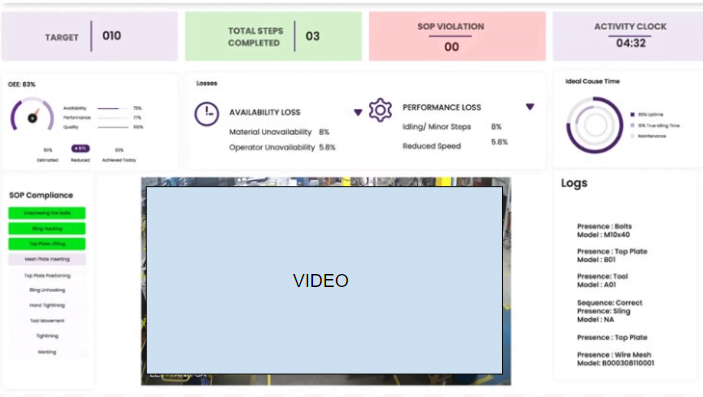
What is API testing, why is it important, and what should you know about it? API stands for Application Programming Interface in its most basic form. An API is a collection of procedures, functions, and other points of access that a program, operating system, library, or other pieces of software makes available to programmers so that it can interact with other software.
An API is similar to a user interface. It consists of direct software linkages, or calls, to lower-level functions and actions rather than a user-friendly collection of windows, dialogue boxes, buttons, and menus. APIs may appear intimidating, but they’re designed to be used by experienced programmers.
What is API Testing?
So, why is it important for testers to understand API testing? In a nutshell, for total coverage! Manual or automated UI testing only checks the display layers to ensure the end-user experience satisfies expectations and functional needs.
As a result, if you only utilise UI testing without data-driven API testing, it’s practically impossible to test how a user could alter the app and its linked sub-apps. The ideal way is to test both the user interface and the API.
What’s more, API testing can often be done ahead of UI availability, which is appealing to agile and waterfall teams trying to cut testing time and costs. This allows QA to jump on their task while also learning the ins and outs of the program they’re testing.
Developers often focus on validating an API’s basic ‘happy route’ to ensure it functions as intended under ideal conditions. This does not take into account unusual entries or pathways through the app. API testers on a QA team will focus on all of the numerous permutations and scenarios to check within a single API as well as between many APIs in a chain of queries (end-to-end). Here are the types:
-
Functional Testing – Checks if the API behaves according to the business logic.
-
Integration Testing – Ensures that different modules or systems interact properly via the API.
-
Performance Testing – Measures the API’s responsiveness, speed, and scalability.
-
Security Testing – Validates that the API is protected against threats like SQL injection, data leaks, etc.
-
Validation Testing – Confirms that the API returns correct data in the correct format.
-
Error Handling Testing – Ensures the API handles invalid input and failures gracefully.
Why do you need API Testing?
API test programs should make a specific API call, then output and log the expected and actual responses. It should also log time and any other relevant metrics and the line of test code that was running when an API error occurred (unless they are more easily collected by system debugging tools).
If the test code creates a larger memory buffer than the API requires, you can inspect the contents of the buffer for incorrect overwriting on the API’s part. In addition, the test code should capture all API outputs created during the test using variables initially set to different values that are not produced by the API; this makes it easier to detect the API outputs as you look at the variable values.
Additionally, API automated testing takes a fraction of the time that UI automated testing does. Single end-to-end API tests can run in under a second in some cases, which is ideal for the current continuous integration protocols, which require builds to be deployed numerous times per day.
Organizations are now opting to ‘reverse the pyramid’ of testing rather than invest in the time-consuming work of implementing UI automation, starting up numerous test environments or virtual machines to conduct automated tests in various web browsers. This means that once-low-priority unit and service level testing, which was often outside of QA’s jurisdiction, has become a key focus of testing efforts. In contrast, more traditional functional and regression testing has shrunk.
In the end, API testing has numerous advantages over a more typical manual or automated UI approach. It may augment existing testing efforts and offer new capabilities to your testing goals with the correct tools and experience.



